Description
Fiction. Respected attorney and well-known art collector, Mace Caslon walks into the Metropolitan Museum of Art and throws acid on Universal Woman, a forty-one million dollar Picasso. This provocative act throws him into the center of a media-crazed frenzy: Exploitative television personalities, enraged museum officials, terrified collectors, confused dealers, aggressive lawyers, a U.S. Attorney on the make, instant psychiatrists, shocked ex-lovers, hyper-cool teenagers, hustler artists, and anti-art demonstrators each demand their time in the spotlight. The resulting chaos and media circus examine not only one man’s psyche but also a nation’s fascination for and curiosity about art, celebrity, and cultural values.
Everett Aison is a co-founder of the School of Visual Arts Film School in New York and the former art director of Grossman Publishers. He has written several produced screenplays, including “Ted Sears,” “Growing Up In America,” and “Work In Progress.” He has written and directed three award-winning theatrical shorts: “Post No Bills!” “So Much In Common,” and “Choices.” Mr. Aison designed the posters and opening titles for numerous films, including Akira Kurosawa’s Yojimbo and Roman Polanski’s Knife in the Water. In addition to Arthur he has illustrated the children’s book The American Movie and in 2006 published his first novel, Artrage. For more on Everett Aison, https://pleasureboatstudio.com/featured-author-artist-from-pbs/
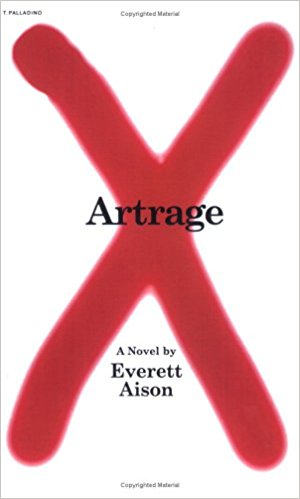
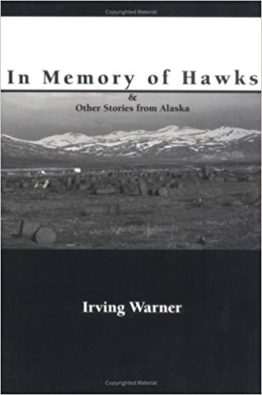
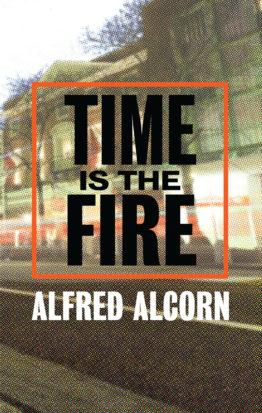
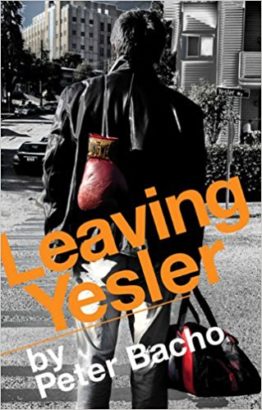
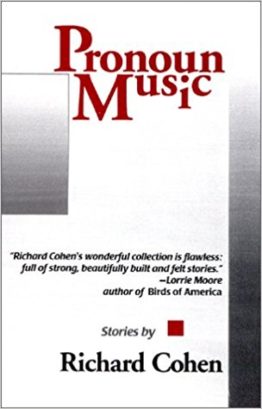
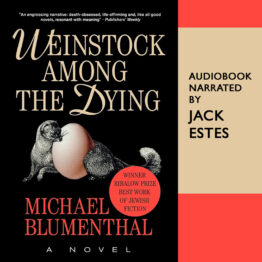
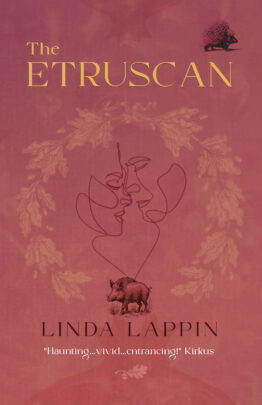
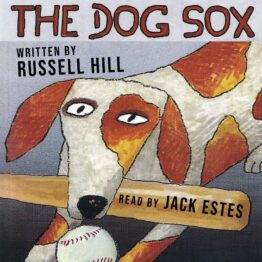
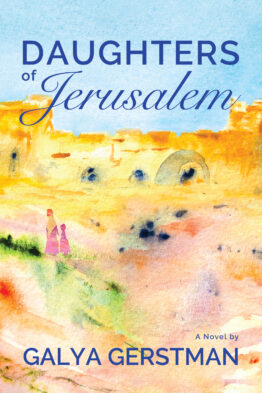
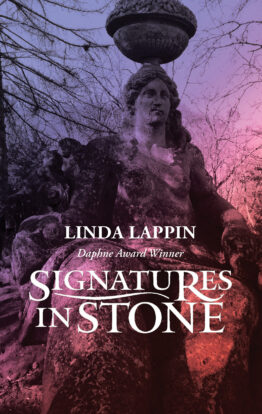
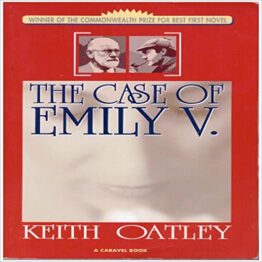
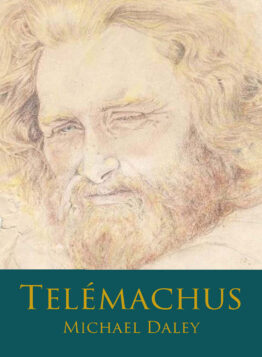
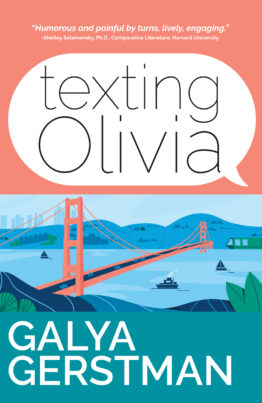

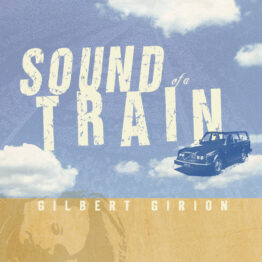
Harriett Klausner –
The mysterious Mace makes this thriller worth reading.
State of Art Magazine, Summer, 2006 –
In ARTRAGE, Everett Aison offers a witty, erudite and intellectually incisive insight to the mores of the contemporary art world.
Leo Braudy –
I really enjoyed Artrage. It was like a long letter from the author with his preoccupations and ideas and creativity rolled together. I laughed out loud at some parts and was moved by others, especially the relation between Mace and Nick. It’s really quite a lot of fun.
Molly Haskell –
I thoroughly enjoyed Everett Aison’s novel about a regular guy who commits an acte gratuite, the desecration of an art world treasure, and its wildly snowballing consequences. Mace is a funny, slightly sex-obsessed, and not always sympathetic protagonist, for this story of a provocation is itself a provocation. Humane at its core, though, this novel takes a bead on the obscene mix of art, money and the media with the best possible humor.
Irving Sandler, Art critic and author of Goodbye to Tenth Street –
The fictional art world that Artrage conjures up has a discomfiting edge of reality. The novel, to use a much-overused phrase, is a page-turner.
Andrea Maloney, Spine Tingler Magazine –
Artrage is not a mystery of who-done-it but why-done-it…Aison has created a fascinating novel filled with interesting characters and a thought provoking storyline that will leave you thinking about it long after you finish reading it.
Mike Von Joel, Review in State of Art, Summer 2006 –
Buy this as a novel and you’ve been sold a dummy. It masquerades as a novel but is really a stageplay in disguise. Even if you were unaware that the author is an accomplished and lauded screenwriter – who also has hands-on experience as an illustrator and designer and as an art director – the paced, episodic nature of the text shouts it out loud. When closer inspection reveals Everett Aison as the writer and director of three award-winning theatrical shorts – it’s a fait accompli.
In Artrage, Everett Aison offers a witty, erudite and intellectually incisive insight to the mores of the contemporary art world. Set in New York against a backdrop of the Metropolitan Museum of Art, a pantomime of instantly recognizable characters parade across the stage, avoiding outright cliché thanks to Everett’s easy familiarly with the genre and the fact that these pseudo-comic characters actually do exist. The story has a flimsy premise: top lawyer and respected collector Mace Caslon walks into the Met one day and destroys a $41 million Picasso. The subsequent hoo-ha and politicizing of the event by kultur-niks of all persuasions allows Aison to examine the fads, fashions and obsessions of a society where art, money and society were art, money and personal prestige have distilled into bigotry and cultural fascism.
It’s a book for the art world army and, one imagines, would prove to be a little dull to a civilian readership exempted as they are from the nuances of the intellectual posturing that predominates in gallery/museum environs and the art-speak that borders on gibberish. As a stage play it has obvious potential.
Not that Artrage is at all heavy-handed. There are sneaky signs that Aison is having a bit of fun here and there – a number of characters have the surname of notable figures in art. Additionally, the story’s evolution during the run-up to Mace Caslon’s show trial has many precedents in Hollywood and shapes not a little of the choreographed “socio-political hypocrisy” when Tom Wolfe’s Wall Street maestro runs over the amateur black mugger in Bonfire of the Vanities. And you may be tempted to suspend belief slightly when, post criminal act, Caslon is incarcerated in a well-appointed “art crime” lounge complete with private bathroom, as opposed to a cell on Riker’s Island (or, far more likely, out on immediate bail and back to his fine apartment and extensive art collection). But Aison makes some truly perceptive observations on the meaning of things as the various characters study their motives and relationship to the “big issue” at hand.
The neat twist in the tale enables Aison to examine yet another dimension of the art/money/spiritual corruption conundrum and demands of the earnest reader: do you recognize yourself? And with which character do you identify? Go on now – be honest!